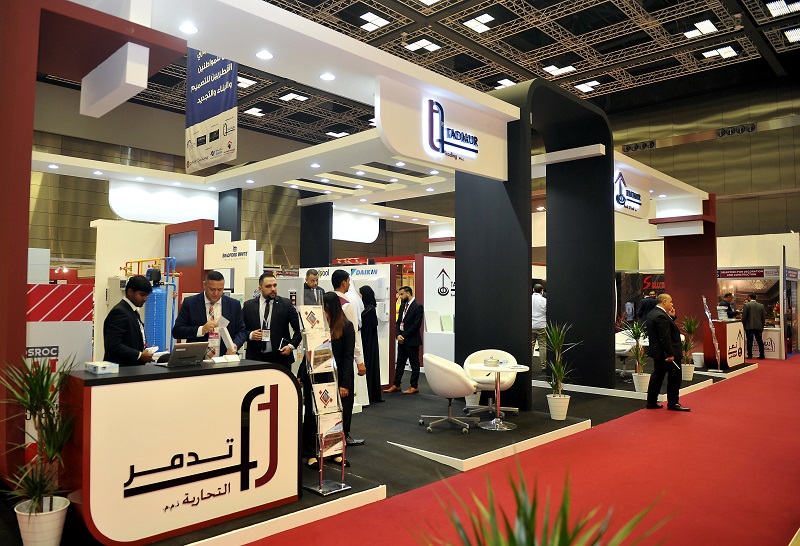
Qatar’s housing sector remained a buyer-friendly market last year. The housing market witnessed addition of new projects while developers and landlords doled out various incentives and offers to attract buyers. It created a win-win situation for country’s housing market as buyers got deals at attractive rates while the housing market witnessed increase in occupancy.
Developers and landlords offering incentives such as one to three months rent-free period became a usual norm. This has reflected positively in increasing occupancy and making the residential market, especially the high-end segment more affordable.
Landlords have used the strategy of reducing rents to maximise occupancy and they have been successful in this strategy.
The 2019 housing market has been one of increasing supply.
“During 2019, 60 percent of the added residential supply was concentrated in Lusail, The Pearl-Qatar and Al Dafna,” Pawel Banach, ValuStrat General Manager told The Peninsula. “Last year was an instrumental year for real estate of Qatar as a result of introduction of foreign investment-friendly laws such as a legalisation of foreign ownership for various asset classes in 10 locations and granting automatically renewable residence permit for a period of five years for expatriate owners and beneficiaries of real estate,” he added.
Majority addition of apartment supply was seen in The Pearl-Qatar, Lusail and Msheireb. In addition, residential compounds were added in peripheral areas of Al Rayyan Abu Sidra, Abu Hamour, Al Wajba and Baaya, Al Wakrah, Umm Salal and Al Khor.

“The real estate market in Qatar is slowly entering a stabilisation mode with affordability being a prime theme across asset categories. This rising affordability coupled with business friendly government initiatives can help strengthen the demand in the market,” Anurag Gupta, Director, Advisory, Head of Real Estate Advisory and Valuations, KPMG in Qatar, noted in a report released last month.
“Further, it is clear from the recent budget announcement that the government spending has moved beyond FIFA related expenditures and is now committed in upgrading the infrastructure of the country. Efforts to bolster the private sector in the country with introduction of new laws such as 100 percent foreign ownership will help steer the economy in the right direction,” added Gupta.
According to the KPMG report, the influx of new commercial grade-A buildings particularly in Lusail has led to landlords offering two-three months of rent free period along with options to provide fit-outs as per tenant’s requirements, particularly for occupiers guarantying a set lock-in period.
The overall reduction in the monthly rentals along with attractive offers has led to an upward trend in the occupancy levels in catchments catering to middle income and affordable segment, especially, in central and south of Doha, noted the report.
Qatar’s real estate sector witnessed deals valuing more than QR22.8bn last year that showed the strong interest of investors in country’s buoyant real estate market.
Deals worth QR1.58bn were done in December last year, compared to QR1.55bn in November, showing a growth of around two percent, according to the Qatar Monthly Statistics report released last month by the Planning and Statistics Authority.
October was as the busiest month as it witnessed deals worth QR4.36bn, making it month with highest value of deals during the year.
Growing population of Qatar is another favorable factor for country’s housing market. Total population of Qatar has increased from 2.67 million in December 2018 to 2.69 million at the end of December 2019.
In the commercial real estate sector, new office stock was added in Lusail, Mshiereb Downtown, Al Sadd, Old Al Ghanim, Old Salata, Fereej Bin Mahmoud and Fereej Bin Omran.
With the completion of Al Waddan Mall in Mesaieed and The Galleria and Department Store in Msheireb Downtown, organised retail supply totalled 1.89 million sq m GLA (Gross Leasable Area) last year. Amid competition from newly opened and expected super-regional malls, relatively older shopping centres have reduced asking rents by an estimated five percent year-on-year and are offering various incentives in order to maintain the tenancy.
Last year, construction of an estimated 700,000sqm GLA of office space was completed, that brought the total office supply to an estimated 4.8 million sqm GLA. Five office projects were added during fourth quarter of last year in Lusail, Al Mirqab, C-Ring Road (Al Mansoura) and Al Sadd comprising 160,000 sq m GLA.

Going forward, the housing market is expected to remain buyer-friendly, with offers likely to continue to attract customers.
The International Monetary Fund has adjusted the Gross Domestic Product (GDP) growth projections to 2.8 percent for 2020 from two percent in 2019, which means a stronger economic growth that will help the real estate market. The state budget for 2020 was announced which forecasted a budget surplus of QR500m. Expenditure in major projects has been budgeted at QR90bn of which infrastructure projects accounted for the largest share.
Around 70 percent of the upcoming residential supply in 2020 is expected to launch in prime locations such as Al Dafna, Lusail and The Pearl. Vacancy in secondary locations may increase as residents might prefer shifting to more competitive premium locations. In addition, capital values of low-quality villas outside Doha may experience downward pressure as a result of the increasing competitiveness of villas in prime locations.
The luxury retailers in the high-end malls of Qatar continue to dominate the leasing activity.
According to ValuStrat, retail performance in terms of occupancy is projected to improve due to temporary increase in demand as World Cup 2022 nears, especially for shopping centres which are introducing anchor tenants from entertainment and speciality Food & Beverage to draw footfall.








